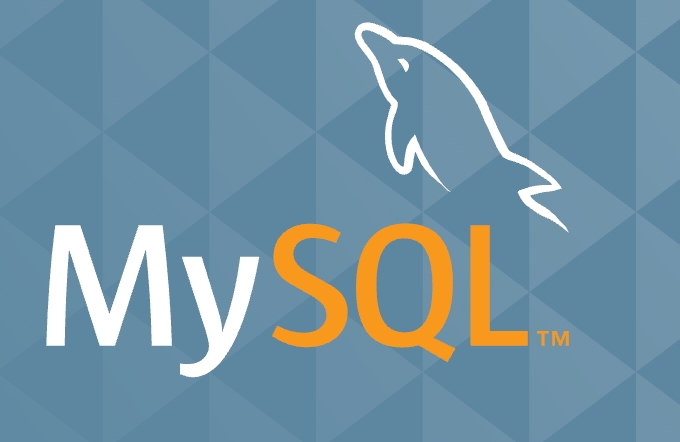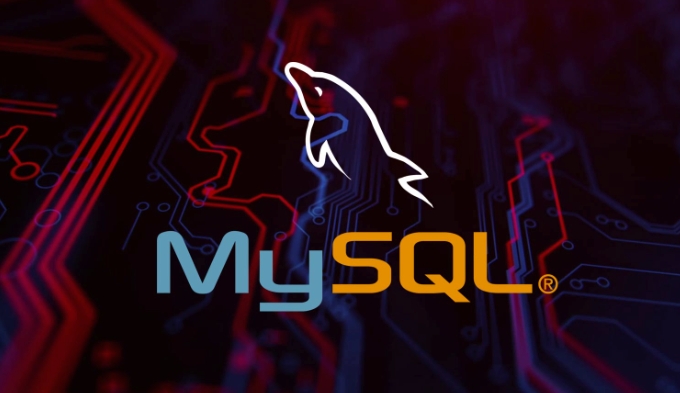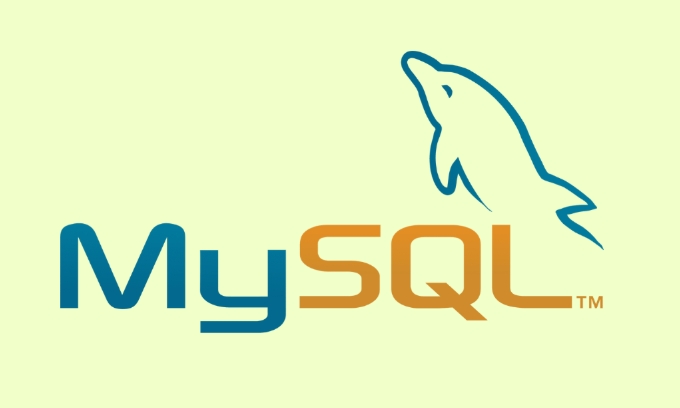Upgrading MySQL requires careful planning and execution to avoid issues. First, check compatibility with the new version by reviewing release notes, deprecated features, and third-party tool support. Next, back up everything including database dumps, configuration files, binary logs, and user privileges — store copies offsite. Then, choose the right upgrade method: in-place, logical, or physical, depending on downtime and risk tolerance. Test the upgrade in a staging environment before proceeding. After upgrading, test applications thoroughly, run queries manually, and monitor error logs for warnings or failures. Adjust settings if performance degrades. Finally, keep old binaries available for rollback in case of post-upgrade problems. Following these steps ensures a smooth and safe MySQL upgrade process.

Upgrading MySQL server versions isn't something you do every day, but when the time comes, it's important to get it right. Whether you're chasing performance improvements, security patches, or new features, a smooth upgrade can save you a lot of headaches. The key is preparation — knowing your current setup, understanding what’s changing, and planning for possible issues.

Check Compatibility Before You Start
Before jumping into the actual upgrade process, check compatibility between your current version and the one you're moving to. MySQL releases often include changes that affect SQL syntax, configuration options, or even default behaviors.
- Review the MySQL Release Notes for each version between your current setup and the target version.
- Pay attention to deprecated features and removed functionality — especially if your applications rely on older syntax or plugins.
- If you're using third-party tools (like phpMyAdmin or custom scripts), make sure they support the newer version.
For example, in recent upgrades, MySQL has changed how authentication works by default — switching from mysql_native_password to caching_sha2_password. If your app doesn’t support this yet, you’ll need to either adjust connection settings or change user authentication methods.

Backup Everything — Twice
This might sound obvious, but skipping this step is where many upgrades go wrong. Even with all the safeguards in place, things can still break during an upgrade — especially if there's corruption or unexpected conflicts.
Here’s what to back up:

- Full database dumps using
mysqldump - Configuration files like
my.cnformy.ini - Binary logs and data directories (if you're doing a full filesystem backup)
- User privileges and grants (you can extract these using
SHOW GRANTS FOR 'user'@'host';)
Don’t just back up locally — store copies offsite or in a separate environment. It's not uncommon for package managers or upgrade scripts to overwrite or remove old binaries without warning.
Choose the Right Upgrade Method
There are a few different ways to upgrade MySQL, and which one you choose depends on your environment and how much downtime you can afford.
In-Place Upgrade
This is the most common method — you stop the MySQL service, replace the binaries, and restart. It’s fast but riskier since it modifies your existing installation directly.
Logical Upgrade
You export your databases using mysqldump, then import them into a fresh install of the new version. This takes longer but gives you a clean slate.
Physical Upgrade
Involves copying raw data files to a new instance running the upgraded version. Useful for very large databases but requires careful handling to avoid corruption.
Whichever method you pick, always test it in a staging environment first.
Test Your Applications After the Upgrade
Once the upgrade is done, don’t assume everything will just work. Many apps rely on specific behaviors or quirks of older MySQL versions.
- Run basic queries manually to check connectivity and performance.
- Use application-level tests or smoke tests to verify core functions.
- Monitor error logs closely — look for deprecation warnings or failed connections.
If you notice slow query performance after upgrading, check whether the new version changed any defaults related to indexing, caching, or query optimization.
Keep Old Binaries Around Just in Case
After upgrading, don’t delete the old binaries or config files right away. Sometimes issues pop up hours or even days later, and having a rollback path makes life much easier.
You can keep the old binaries in a separate directory or use symbolic links to switch back quickly if needed. Some package managers (like yum or apt) allow you to downgrade packages, but that’s not always reliable — especially after configuration changes.
That's basically it — upgrading MySQL doesn’t have to be scary as long as you plan ahead and take the right precautions.
The above is the detailed content of Upgrading MySQL Server Versions: A Comprehensive Guide. For more information, please follow other related articles on the PHP Chinese website!

Hot AI Tools

Undress AI Tool
Undress images for free

Undresser.AI Undress
AI-powered app for creating realistic nude photos

AI Clothes Remover
Online AI tool for removing clothes from photos.

Clothoff.io
AI clothes remover

Video Face Swap
Swap faces in any video effortlessly with our completely free AI face swap tool!

Hot Article

Hot Tools

Notepad++7.3.1
Easy-to-use and free code editor

SublimeText3 Chinese version
Chinese version, very easy to use

Zend Studio 13.0.1
Powerful PHP integrated development environment

Dreamweaver CS6
Visual web development tools

SublimeText3 Mac version
God-level code editing software (SublimeText3)
 Performing logical backups using mysqldump in MySQL
Jul 06, 2025 am 02:55 AM
Performing logical backups using mysqldump in MySQL
Jul 06, 2025 am 02:55 AM
mysqldump is a common tool for performing logical backups of MySQL databases. It generates SQL files containing CREATE and INSERT statements to rebuild the database. 1. It does not back up the original file, but converts the database structure and content into portable SQL commands; 2. It is suitable for small databases or selective recovery, and is not suitable for fast recovery of TB-level data; 3. Common options include --single-transaction, --databases, --all-databases, --routines, etc.; 4. Use mysql command to import during recovery, and can turn off foreign key checks to improve speed; 5. It is recommended to test backup regularly, use compression, and automatic adjustment.
 Calculating Database and Table Sizes in MySQL
Jul 06, 2025 am 02:41 AM
Calculating Database and Table Sizes in MySQL
Jul 06, 2025 am 02:41 AM
To view the size of the MySQL database and table, you can query the information_schema directly or use the command line tool. 1. Check the entire database size: Execute the SQL statement SELECTtable_schemaAS'Database',SUM(data_length index_length)/1024/1024AS'Size(MB)'FROMinformation_schema.tablesGROUPBYtable_schema; you can get the total size of all databases, or add WHERE conditions to limit the specific database; 2. Check the single table size: use SELECTta
 Handling character sets and collations issues in MySQL
Jul 08, 2025 am 02:51 AM
Handling character sets and collations issues in MySQL
Jul 08, 2025 am 02:51 AM
Character set and sorting rules issues are common when cross-platform migration or multi-person development, resulting in garbled code or inconsistent query. There are three core solutions: First, check and unify the character set of database, table, and fields to utf8mb4, view through SHOWCREATEDATABASE/TABLE, and modify it with ALTER statement; second, specify the utf8mb4 character set when the client connects, and set it in connection parameters or execute SETNAMES; third, select the sorting rules reasonably, and recommend using utf8mb4_unicode_ci to ensure the accuracy of comparison and sorting, and specify or modify it through ALTER when building the library and table.
 Implementing Transactions and Understanding ACID Properties in MySQL
Jul 08, 2025 am 02:50 AM
Implementing Transactions and Understanding ACID Properties in MySQL
Jul 08, 2025 am 02:50 AM
MySQL supports transaction processing, and uses the InnoDB storage engine to ensure data consistency and integrity. 1. Transactions are a set of SQL operations, either all succeed or all fail to roll back; 2. ACID attributes include atomicity, consistency, isolation and persistence; 3. The statements that manually control transactions are STARTTRANSACTION, COMMIT and ROLLBACK; 4. The four isolation levels include read not committed, read submitted, repeatable read and serialization; 5. Use transactions correctly to avoid long-term operation, turn off automatic commits, and reasonably handle locks and exceptions. Through these mechanisms, MySQL can achieve high reliability and concurrent control.
 Managing Character Sets and Collations in MySQL
Jul 07, 2025 am 01:41 AM
Managing Character Sets and Collations in MySQL
Jul 07, 2025 am 01:41 AM
The setting of character sets and collation rules in MySQL is crucial, affecting data storage, query efficiency and consistency. First, the character set determines the storable character range, such as utf8mb4 supports Chinese and emojis; the sorting rules control the character comparison method, such as utf8mb4_unicode_ci is case-sensitive, and utf8mb4_bin is binary comparison. Secondly, the character set can be set at multiple levels of server, database, table, and column. It is recommended to use utf8mb4 and utf8mb4_unicode_ci in a unified manner to avoid conflicts. Furthermore, the garbled code problem is often caused by inconsistent character sets of connections, storage or program terminals, and needs to be checked layer by layer and set uniformly. In addition, character sets should be specified when exporting and importing to prevent conversion errors
 Connecting to MySQL Database Using the Command Line Client
Jul 07, 2025 am 01:50 AM
Connecting to MySQL Database Using the Command Line Client
Jul 07, 2025 am 01:50 AM
The most direct way to connect to MySQL database is to use the command line client. First enter the mysql-u username -p and enter the password correctly to enter the interactive interface; if you connect to the remote database, you need to add the -h parameter to specify the host address. Secondly, you can directly switch to a specific database or execute SQL files when logging in, such as mysql-u username-p database name or mysql-u username-p database name
 Setting up asynchronous primary-replica replication in MySQL
Jul 06, 2025 am 02:52 AM
Setting up asynchronous primary-replica replication in MySQL
Jul 06, 2025 am 02:52 AM
To set up asynchronous master-slave replication for MySQL, follow these steps: 1. Prepare the master server, enable binary logs and set a unique server-id, create a replication user and record the current log location; 2. Use mysqldump to back up the master library data and import it to the slave server; 3. Configure the server-id and relay-log of the slave server, use the CHANGEMASTER command to connect to the master library and start the replication thread; 4. Check for common problems, such as network, permissions, data consistency and self-increase conflicts, and monitor replication delays. Follow the steps above to ensure that the configuration is completed correctly.
 Strategies for MySQL Query Performance Optimization
Jul 13, 2025 am 01:45 AM
Strategies for MySQL Query Performance Optimization
Jul 13, 2025 am 01:45 AM
MySQL query performance optimization needs to start from the core points, including rational use of indexes, optimization of SQL statements, table structure design and partitioning strategies, and utilization of cache and monitoring tools. 1. Use indexes reasonably: Create indexes on commonly used query fields, avoid full table scanning, pay attention to the combined index order, do not add indexes in low selective fields, and avoid redundant indexes. 2. Optimize SQL queries: Avoid SELECT*, do not use functions in WHERE, reduce subquery nesting, and optimize paging query methods. 3. Table structure design and partitioning: select paradigm or anti-paradigm according to read and write scenarios, select appropriate field types, clean data regularly, and consider horizontal tables to divide tables or partition by time. 4. Utilize cache and monitoring: Use Redis cache to reduce database pressure and enable slow query






